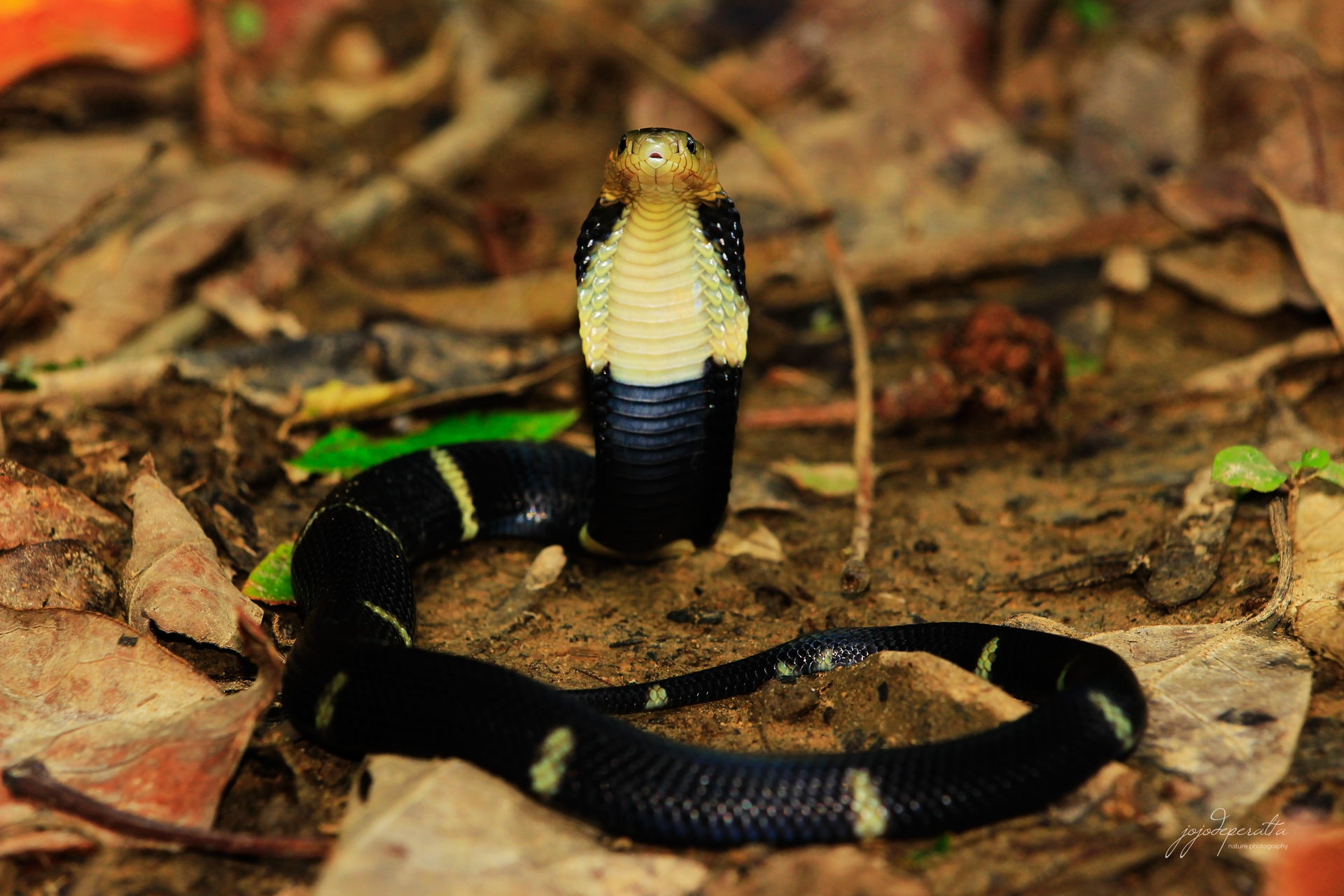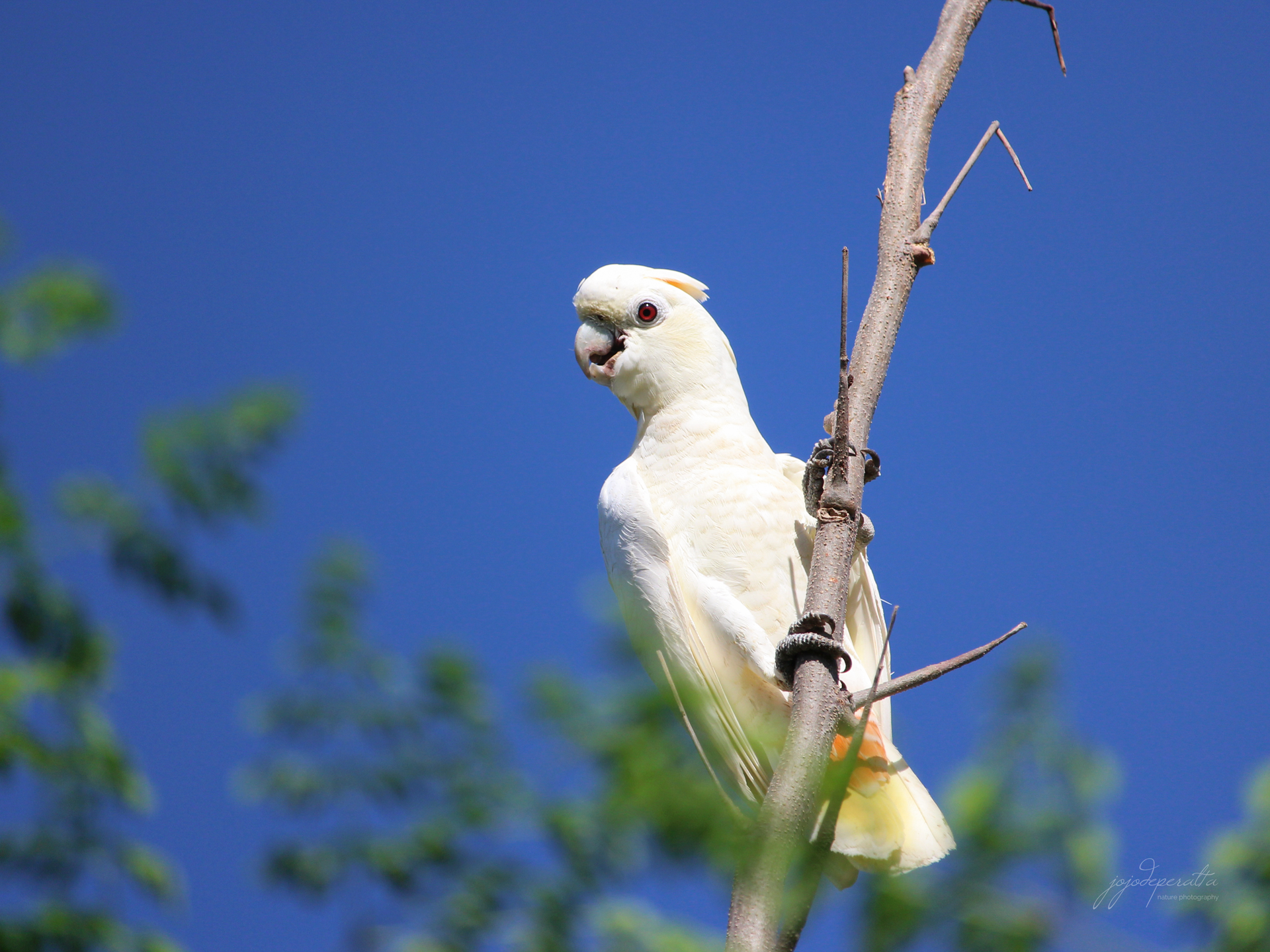Palawan Stink Badger - A mephitid endemic to Palawan
Let me introduce you to our endemic Mydaus marchei (Huet, 1887), the Palawan Stink Badger. The Palawan Stink Badger was once thought to be more related to badgers than with skunks because of its appearance that closely resemble badgers. It was recently re-classified as one of the Mephitidae, a family of mammals comprising the skunks and stink badgers. Like all mephitids, this guy possess a specialized anal glands that can spray a powerful noxious chemical. The M. marchei rely almost entirely on this powerful odour for their defense.
 |
| A foraging Palawan Stink Badger. |
I still can remember a night on the western coast when a dog attacked a foraging stink badger not fifteen meters from where we were sleeping. It was a very annoying experience. I had a hard time finding my tent zippers, but I was out in time to see the last of my hiking companions running off, leaving trails of vomits on the ground. Relocating the camp in the middle of the night was never fun and even though we moved the camp on another site up-wind, the smell stayed with the tents and sleeping bags for two days.
 |
| Palawan Stink Badger in excavated den. |
The Mydaus marchei are nocturnal and feed mainly on worms and soil arthropods. They are good diggers and usually spend the day in excavated dens or large hollowed logs. An excavated old termite hill is a favored den in grasslands and flat agricultural areas. It is sometimes seen resting under heavy thickets of grass and bushes during the day.
 |
| Palawan Stink Badger in urban area. |










